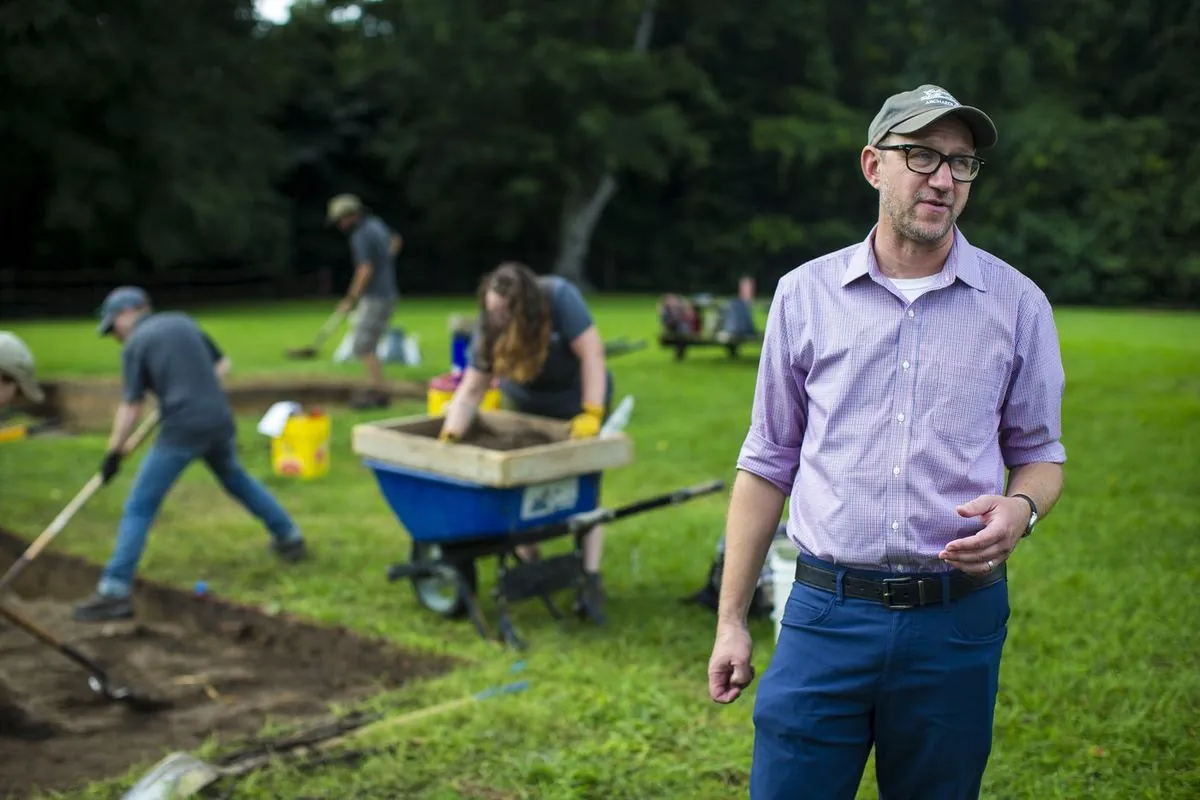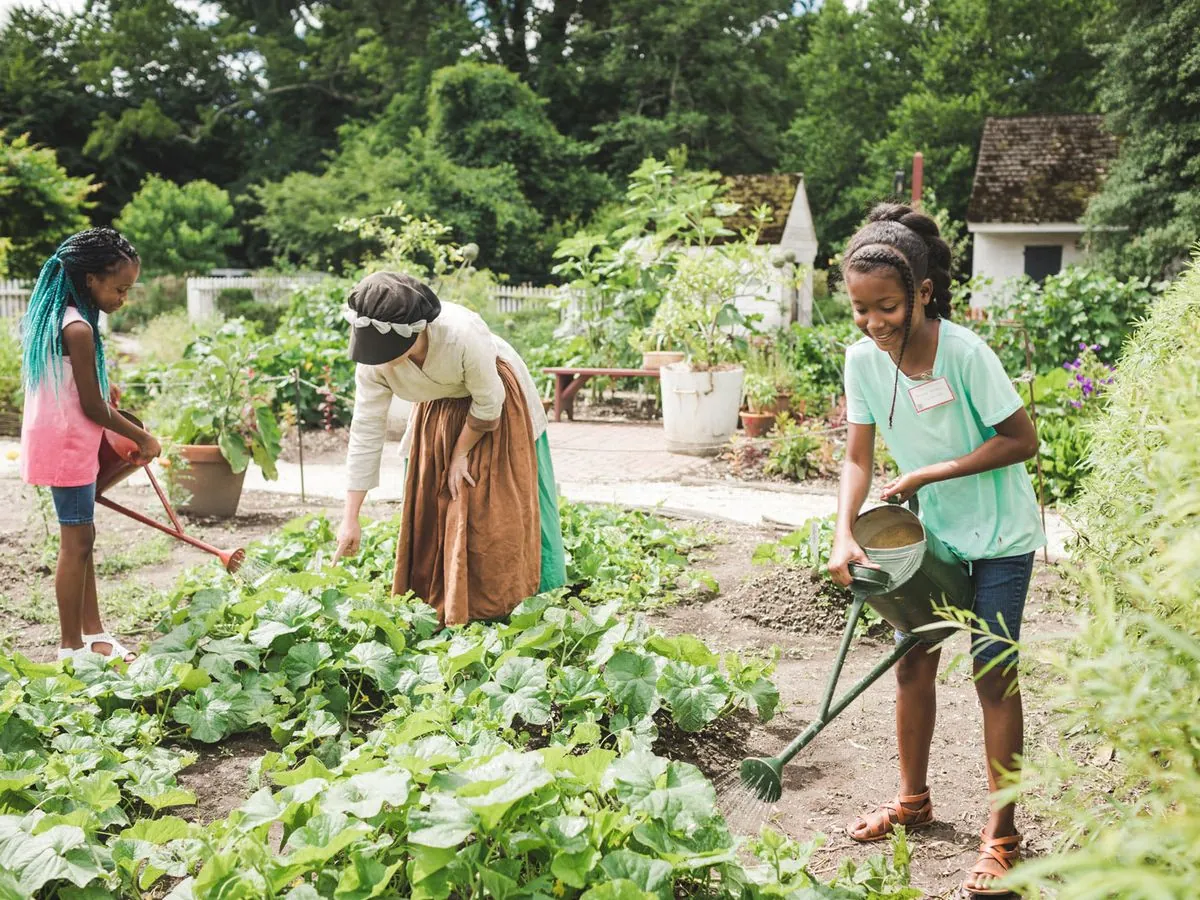Colonial Garden Unearthed: Unveiling Wealth and Slavery in 18th Century Virginia
Archaeologists in Williamsburg uncover an ornate colonial garden, revealing the opulence of the elite and the skilled labor of enslaved gardeners. The excavation sheds light on 18th-century botanical exchanges and social hierarchies.

In a significant archaeological discovery, researchers have unearthed an ornate colonial garden in Williamsburg, Virginia, offering a glimpse into the opulent lifestyle of the 18th-century elite and the skilled labor of enslaved individuals. The garden, belonging to John Custis IV, a prominent tobacco plantation owner and member of the House of Burgesses, serves as a testament to the complex social and economic dynamics of colonial America.
The excavation, conducted by Colonial Williamsburg, a renowned living history museum, has revealed intricate details of the garden's structure and contents. Archaeologists have uncovered substantial fence posts carved from red cedar, gravel pathways, and soil stains indicating plant rows. These findings paint a picture of a meticulously designed space that once showcased exotic flora from around the world.
Jack Gary, executive director of archaeology at Colonial Williamsburg, emphasizes the dual nature of the discovery: "While the garden may have been Custis' vision, the physical evidence we're uncovering is the work of enslaved gardeners, many of whom must have possessed exceptional skills."
The garden's creation coincided with the peak of the transatlantic slave trade, highlighting the stark contrast between the wealth of colonial elites and the exploitation of enslaved individuals. This juxtaposition is further emphasized by artifacts found at the site, including a pierced coin typically worn as a charm by young African Americans and shards of an earthenware chamber pot likely used by enslaved people.
Intriguingly, the excavation has also unearthed evidence of possible non-European traditions. Animal remains, including headless chickens and a cow's foot, were found buried under fence posts, suggesting potential West African practices. These findings underscore the need for further research into the cultural contributions of enslaved individuals in colonial America.

The garden's historical significance extends beyond its physical boundaries. John Custis IV, who was also the first father-in-law of Martha Washington, engaged in extensive botanical exchanges with British botanist Peter Collinson between 1734 and 1746. This correspondence, occurring approximately 278-290 years ago, facilitated the introduction of new plant species to both sides of the Atlantic.
Among the diverse flora cultivated in Custis' garden were tomatoes, then known as "apples of love," which were among the earliest mentions of the fruit in Williamsburg. The garden also boasted strawberries, pistachios, almonds, and the crown imperial lily, a flower native to regions stretching from Turkey to Pakistan.
Colonial Williamsburg plans to recreate Custis' home and garden, known as Custis Square, as part of its ongoing efforts to present a more comprehensive and inclusive history of the area. This initiative, which began 45 years ago, aims to tell the stories of both the colonial elite and the enslaved individuals who made up more than half of Williamsburg's population.
As the excavation continues, researchers are working to uncover more information about the enslaved people who tended the garden. Crystal Castleberry, Colonial Williamsburg's public archaeologist, is collaborating with descendants of individuals enslaved by the Custis family to piece together their stories and experiences.
This archaeological project not only sheds light on the horticultural practices and social dynamics of colonial America but also serves as a poignant reminder of the stark inequalities that existed during this period. As we delve deeper into the layers of soil and history, we uncover not just the roots of plants, but the roots of a complex and often painful past that continues to shape our understanding of American history.
"In the 18th century, those were unusual things. Only certain classes of people got to experience that. A wealthy person today — they buy a Lamborghini."


































